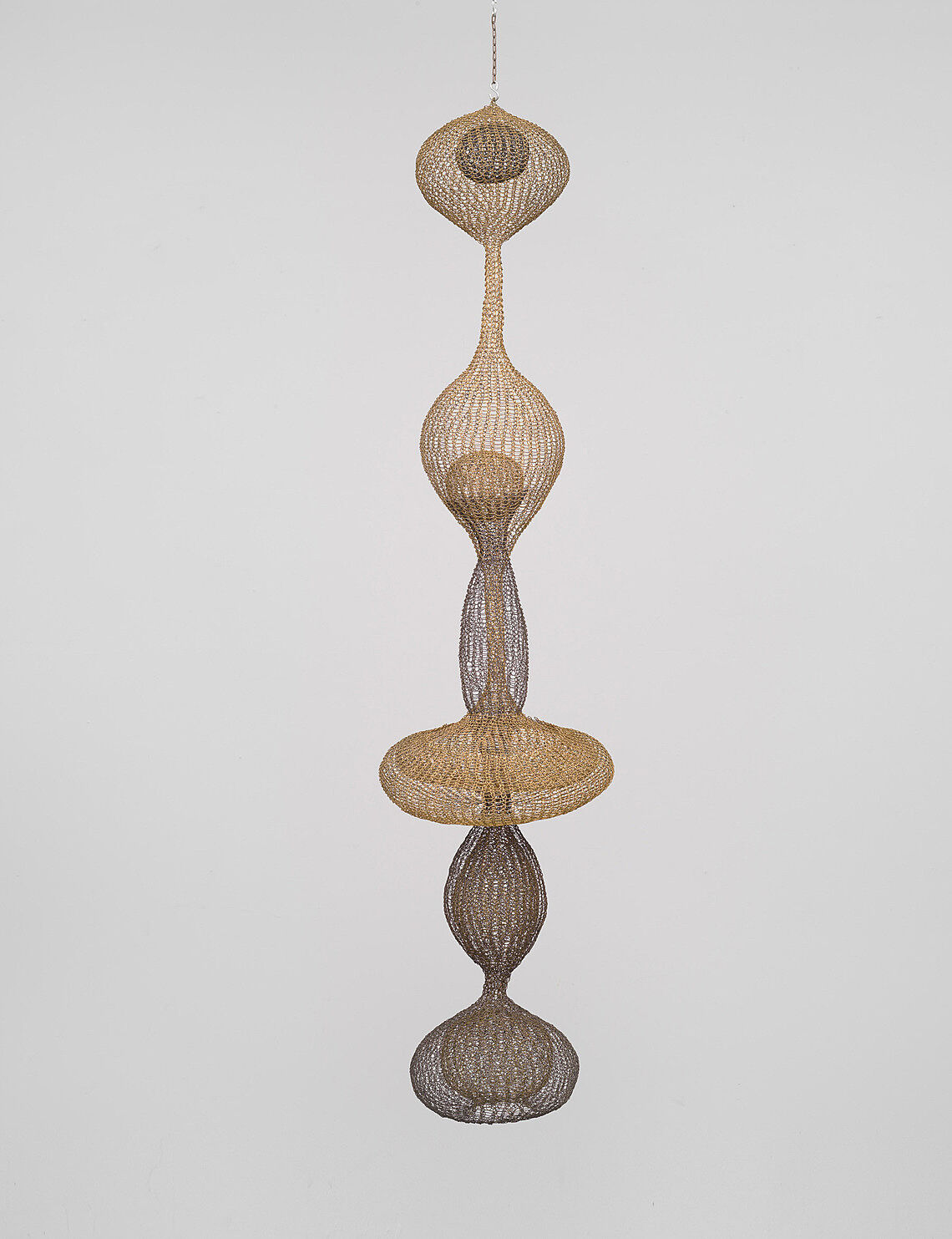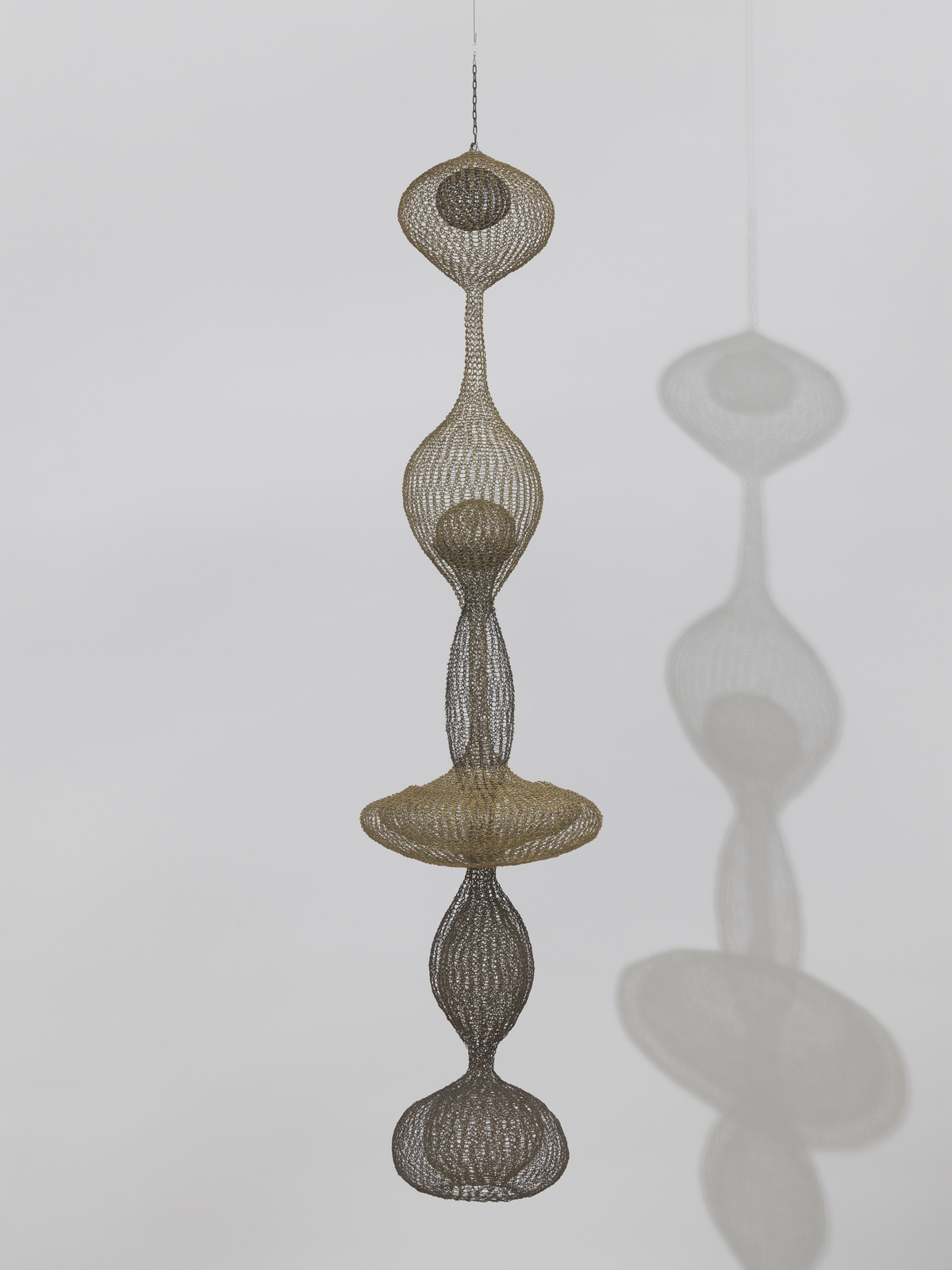Continuous Line
Ruth Asawa made works like this one by weaving metal wire, a technique that she learned on a trip to Mexico City in 1947. The works look abstract, but they’re inspired by shapes she observed in nature. She said: “These forms come from observing plants, the spiral shell of a snail, seeing light through insect wings, watching spiders repair their webs in the early morning, and seeing the sun through the droplets of water suspended from the tips of pine needles while watering my garden.”
Use the internet or step outside and find a form from nature that inspires you. Make a pencil drawing of the form you found in one continuous line. Create your entire drawing without lifting your pencil from the sheet of paper!
See all Whitney Kids Art Challenges.


